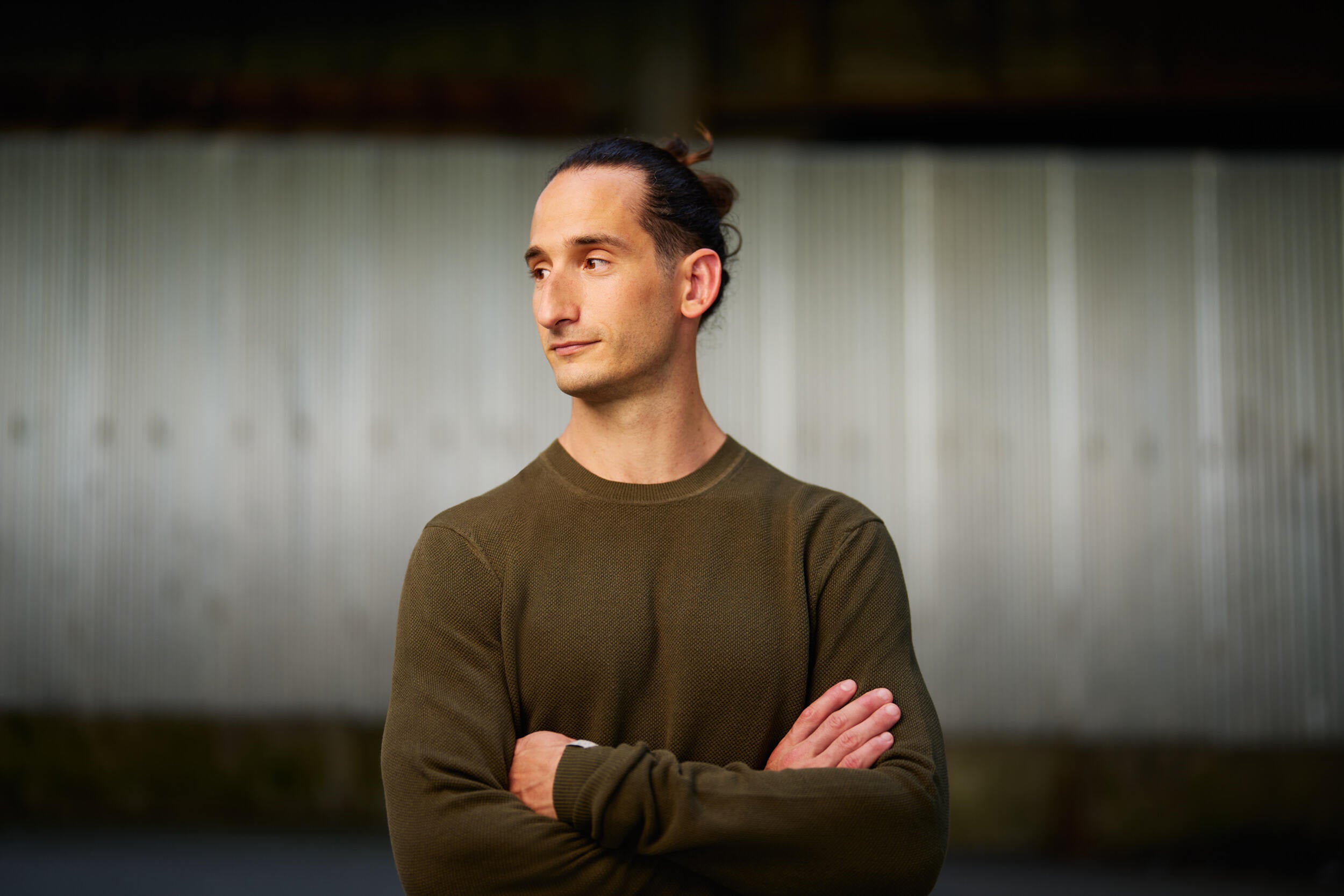The 7 Spartan Rules That Will Make You Run Like Hell

When it comes to running and winning, professional runner David Laney is no bullshit.
“Growing up, I wasn’t very good at a lot of sports, but I knew nobody could outrun me,” he says.
Of course, there’s more to it than that. But when it comes down to it, it’s the Spartan way: Do what needs to be done to win.
Related: How Professional Runner David Laney Made a Living Out of His Passion
In an exclusive interview in partnership with CRAFT Sportswear, Laney shares exactly what you need to do to run like hell, no matter the race you’re training for. “I’ve got a ton of friends that ask for advice, and a lot of what I give them can be easily adapted for any race distance,” he explains.
The 7 David Laney Running Rules to Train for Any Distance

1. Don’t just train on the road, hit the trails ...
It’s easy to get into the routine of heading out for a training run on the road every day — but don’t, Laney says. While you’ll be building the aerobic conditioning to run further and faster on the road, it’s too much of a controlled surface.
“Trails are a lot more dynamic, so your ankles, shins, knees, and all of your soft tissues get stronger when you’re training on trails,” he says.
Make sure you’re getting out and working in the tougher stuff at least once per week. At first, those rocky, rooty, steep parts of the trail will feel hard, but you’ll get used to it after a couple weeks.
2. ... but get those road and track workouts in, too
Laney holds that weekend long runs are for the trails, but on weekdays, you can stick to the track or road.
“Your body gets more mechanically efficient at running on flat, easy, smooth surfaces, like the track or the road,” he explains.
So while you’ll get stronger and more technically-sound on the trails, according to Laney, you have to be doing both.
3. Always prime your body (and do your cool-down)
“Before a long race or a hard workout, I do a 15-minute run at an easy effort,” Laney says. “And then I do about 10 minutes of dynamic drills, like skipping and light stretching.”
He finishes up with four 30-second strides at race effort, taking about a minute of rest between each one. Everyone knows the importance of warming up thoroughly, so don’t neglect it. And as for post-race, always cool-down. After shorter races, Laney will do a 15-minute cool-down and light, dynamic stretching (kicks/toe touches while walking, a skipping drill, etc.).
“If it’s a really long race, I’ll just walk around,” he says.
4. Conquer the hills the right way
On an uphill run, keep your effort consistent, Laney advises.
“A lot of people run on a flat trail and then when it shoots up, they start running the same pace, but they're actually running a lot harder,” he says. “It’s like throwing in a random sprint.”
As for the downhills, Laney suggests shortening your strides for efficiency (especially if it’s rocky or rooty) and staying light on your feet.
“If you just bomb a downhill, it’ll go faster, but you’ll destroy your body a lot more,” he
5. Fuel up and slow down a bit on your longer runs
“You have to be able to eat during longer races,” Laney says, meaning ideally 200 calories every 40 minutes.
But when you eat, you’re sending blood — a limited resource — to your stomach instead of your legs and lungs. So, slow your pace a bit to make it a little easier on your legs and lungs while you’re digesting.
6. Increase mileage by 10-15% each week
This is the golden rule of running, and it holds true when applied to the trails, according to Laney.
7. Ice and knife your feet
After most runs, when his feet are warm, Laney applies coconut oil and “scrapes” the pain out of them with a butter knife for two to three minutes. He also tries to ice his feet every night for five to 10 minutes or so. For more on the science of icing and knifing, check out his full ice and knife recovery routine.

